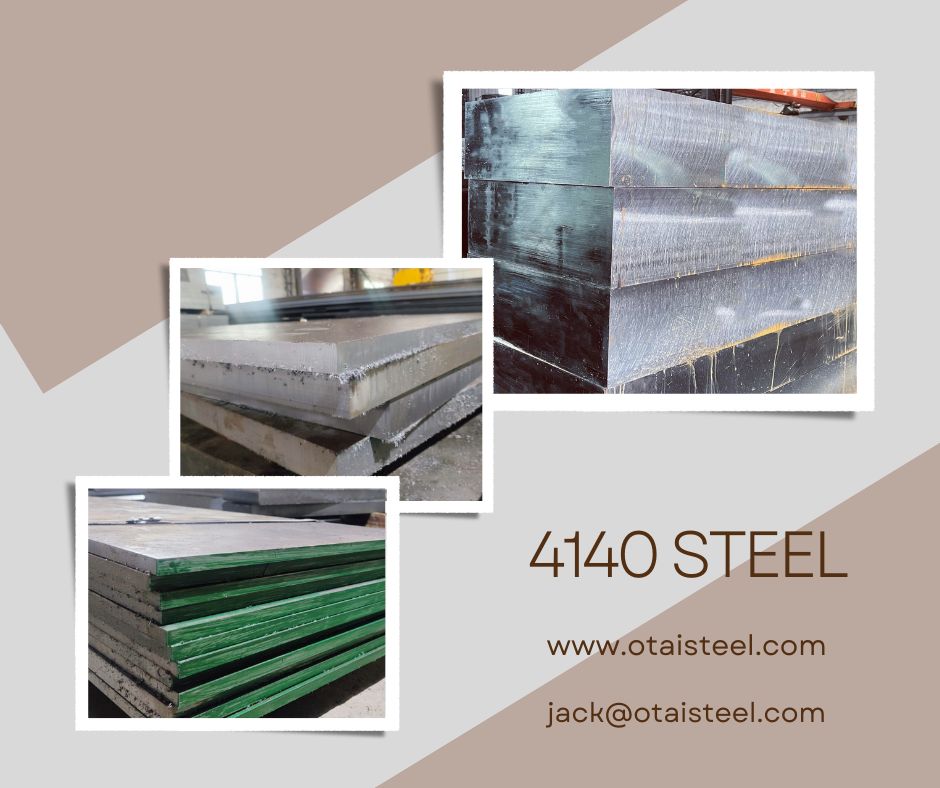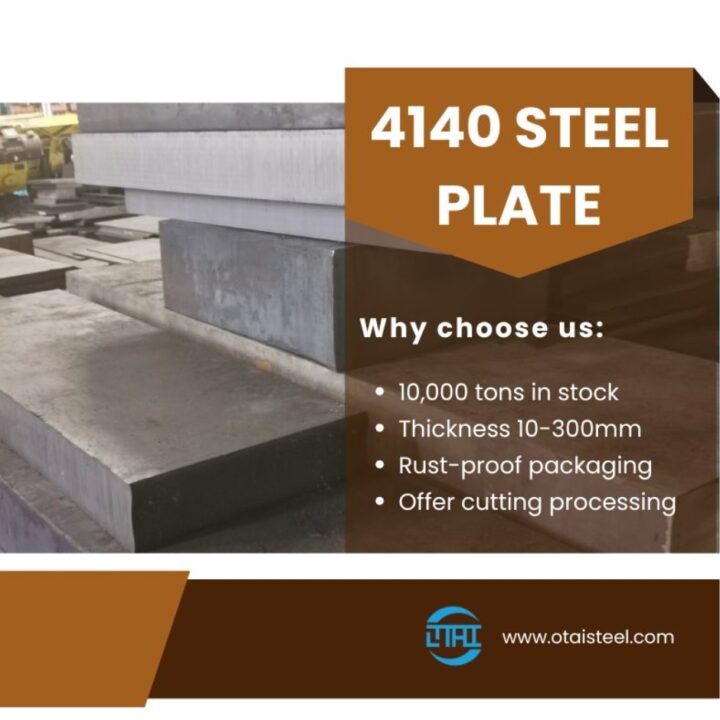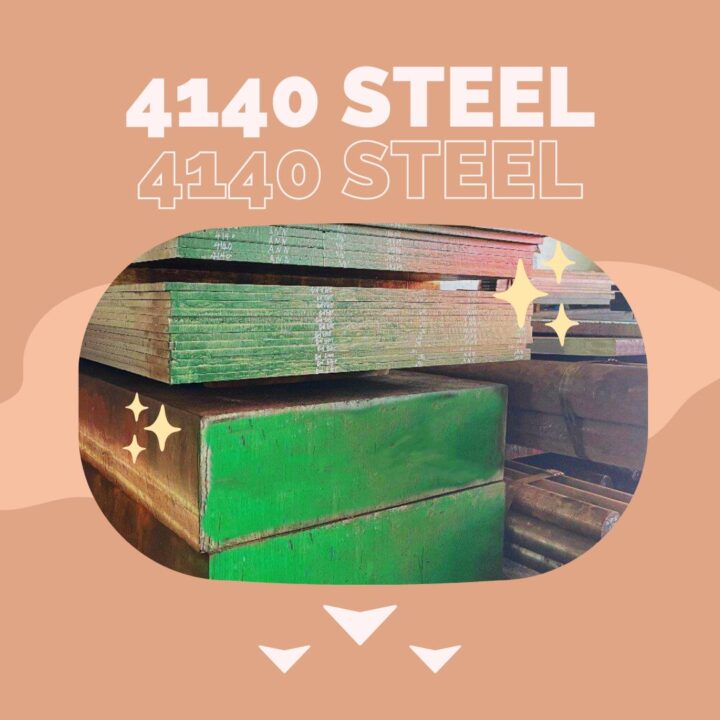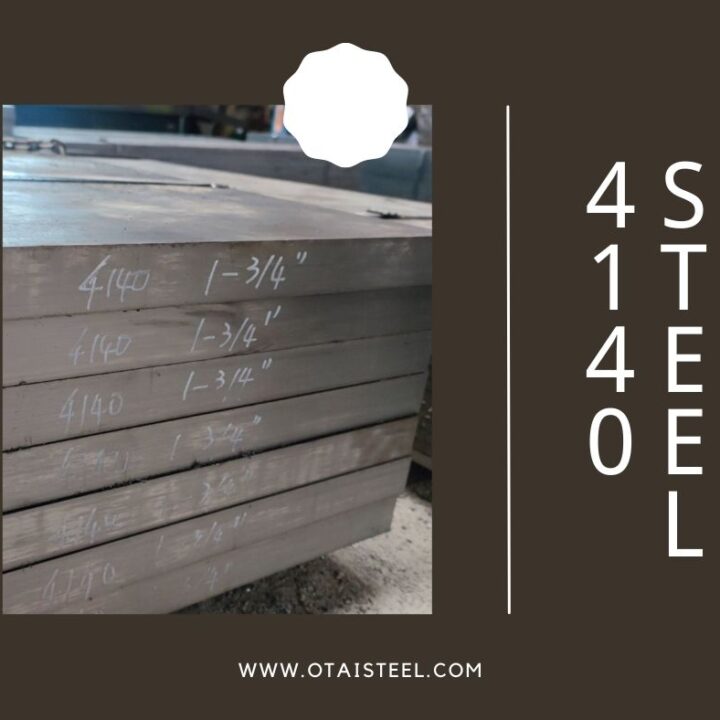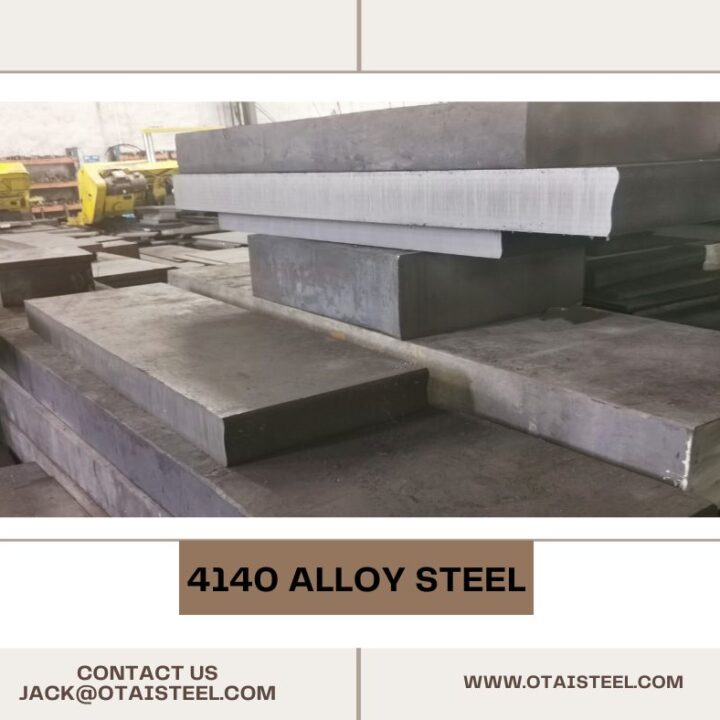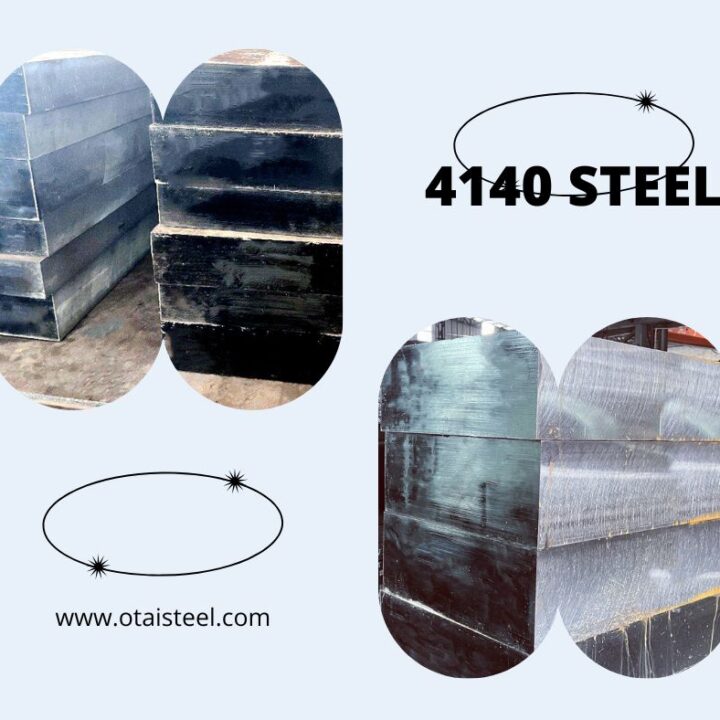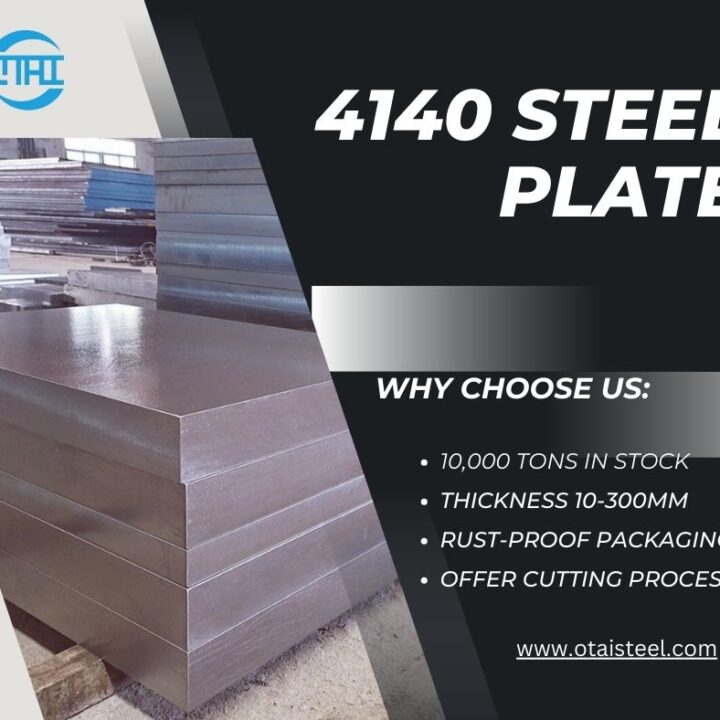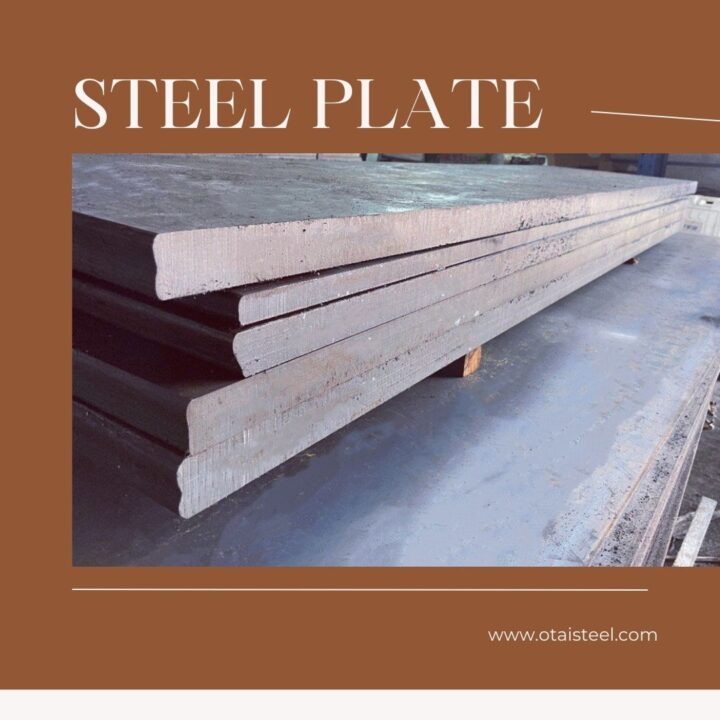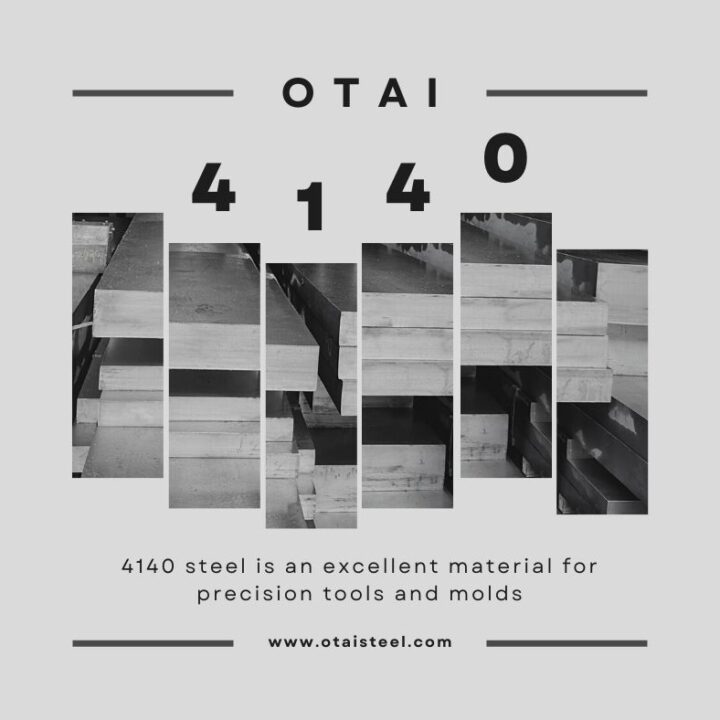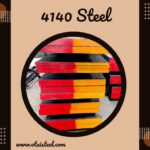4140 steel is a versatile alloy known for its exceptional strength, toughness, and wear resistance. It’s widely used in industries such as automotive, aerospace, and construction due to its performance and reliability. However, understanding the cost factors is crucial when considering its application.
Raw Material Costs
The foundation of 4140 steel cost begins with raw materials. This alloy consists primarily of iron, chromium, and molybdenum. Fluctuations in the prices of these base materials can significantly impact the overall cost of 4140 steel.
Manufacturing Process Costs
The manufacturing process of 4140 steel involves several steps, including melting, casting, rolling, and forging. Each of these steps incurs specific costs, from energy consumption to labor and equipment maintenance.
Heat Treatment Costs
Heat treatment is a crucial aspect of enhancing 4140 steel’s properties. The cost of heating furnaces, quenching baths, and tempering processes can influence the final product cost.
Machining and Fabrication Costs
4140 steel is known for its hardness, which can make machining and fabrication challenging. Specialized tools, skillful labor, and longer machining times can contribute to increased costs.
Quality Control Costs
Maintaining consistent quality in 4140 steel production requires rigorous quality control measures. The cost of inspections, testing, and adherence to industry standards is a vital factor.
Market Demand and Pricing
The principle of supply and demand directly affects 4140 steel pricing. Market conditions, such as increased demand or shortages, can lead to price fluctuations.
Supply Chain and Logistics Costs
Transporting 4140 steel from manufacturers to end-users involves logistical considerations and transportation costs. Global supply chains may introduce additional expenses.
Competitive Landscape
The presence of multiple suppliers and manufacturers can lead to competitive pricing. Understanding the competitive landscape can help in cost-effective sourcing.
Cost-Effective Strategies
To mitigate costs, industries often adopt strategies such as bulk purchasing, efficient inventory management, and supplier negotiations.
Cost Versus Performance
Balancing the cost of 4140 steel with its performance benefits is essential. It may be cost-effective in applications where its properties are crucial.
The cost of 4140 steel is influenced by various factors, from raw materials to manufacturing processes, heat treatment, and market dynamics. Understanding these factors allows businesses to make informed decisions about the use of 4140 steel in their applications.
